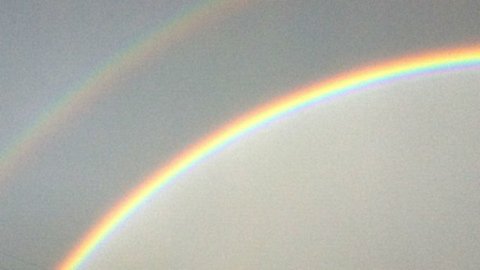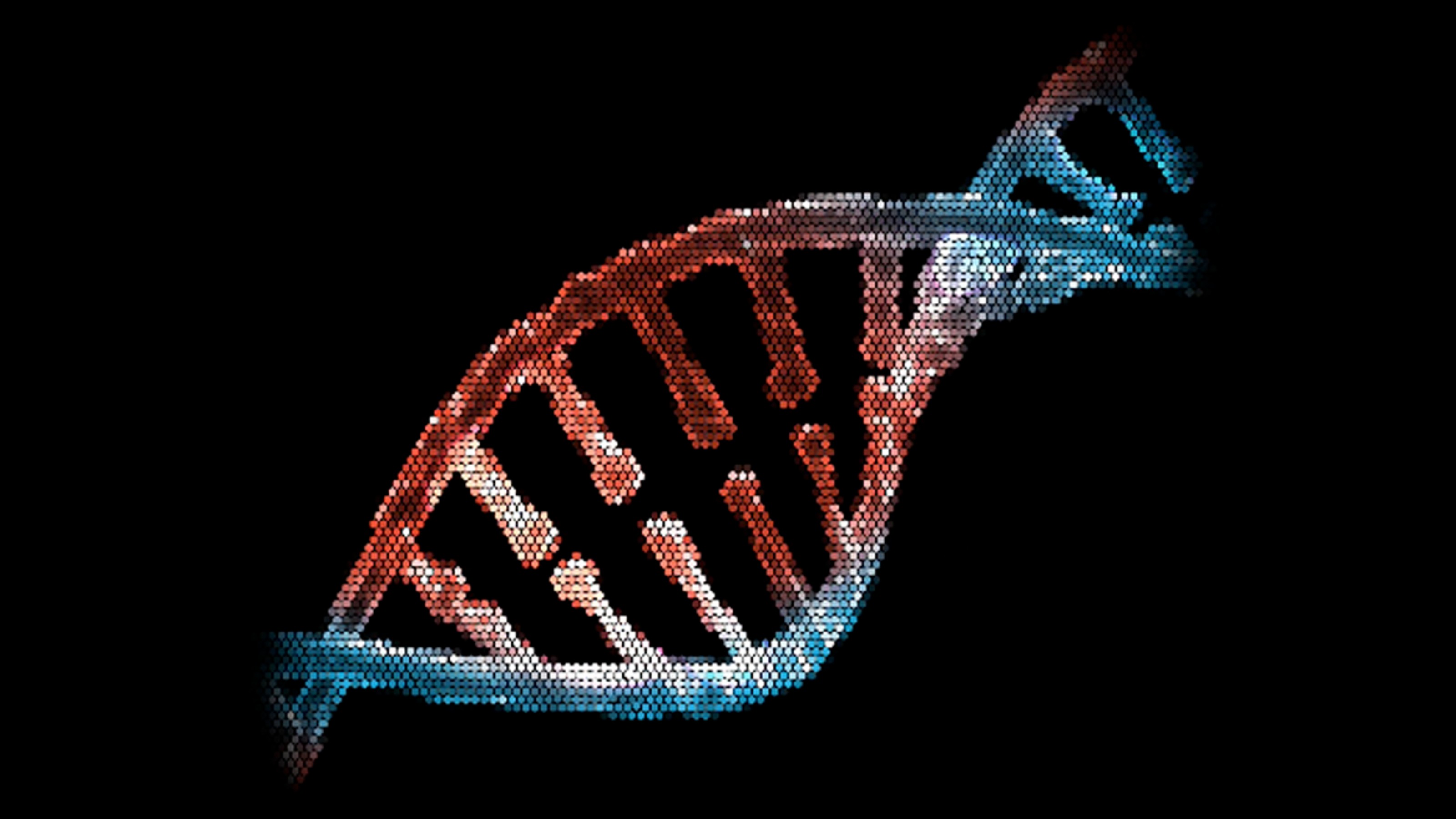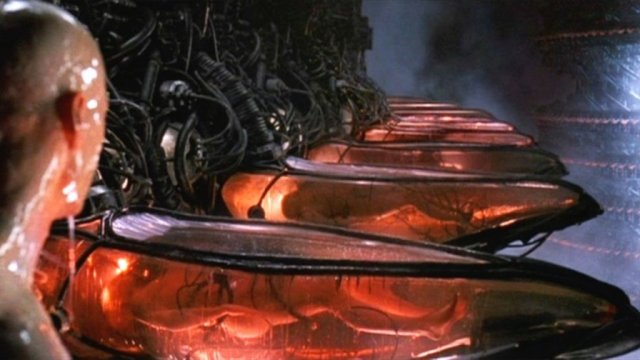Language Controls What Colors You Can and Can’t See, or Does It?

Name a few colors. Start with the basic ones. How many did you come up with? Six, seven? If you speak English, you probably came up with that many. If you have a different primary language, you might have come up with more or less.
There are seven colors in the rainbow if you speak English. But if you speak Russian, you might name more, as that language names light and dark blue as two separate colors. The Hungarians divide red into two colors. If you speak a language with fewer color terms, you might say there are less than seven. If you speak a language without a word for “blue” for example- you might not be able to see the difference between blue and green at all.
That is the bizarre finding of an increasing number of studies of language and color recognition. All of them are similar in nature, the researchers show a person a series of colored images, one of which is not the same as the others, and ask them to find the one that is different. For persons raised in cultures without words to describe blue and green as separate colors, it proves difficult if not impossible for them to find the bright blue square next to the green one.
For English speakers who take the tests, they show difficulty finding lighter and darker shades of green, as the language only identifies one color for such a large part of the light spectrum. Even if the actual difference in the two shades of green is quite large, or at least as large as the difference between other colors, like orange and brown.
The idea is shocking, but also ties into linguistic studies showing that most languages start out with fewer terms for colors and add more later on, with blue often being added last. The Ancient Greeks, for example, may not have been able to see blue as distinct from other colors. With Homer calling the sea “Wine-Dark” rather than blue. His use of colors as descriptors is strange too, rarely using any color terms other than black and white.
Is this because their language prevented them from seeing color? Or because their language could not describe what they saw?
This is a large problem, one that gets into the philosophy of language. After all, how do I know that when I see the color blue, I am “seeing” the same thing as you? Suppose that I see the sky as what you call “magenta” but we have agreed to call it blue? What if this is the case for everybody?
Or perhaps our brains decide to process colors that we have decided are important enough to name? This would help to explain the studies and the people who can’t see blue right in front of them. Of course, does this mean that you are missing out on a world of vibrant colors just because we don’t have more names for them?
What is the solution?
A 2008 study from England has a suggestion. The study showed subjects an image of color in either their left or right eye, meaning that the image would be processed by the part of the brain that either relates or does not relate to language. They were then asked to distinguish the color from others or find a target against a similarly coloured background.
The findings showed that adults were better at distinguishing colors when they saw the color through their right eyes, which means it was processed by the left side of their brains where language is centered. While infants did best with the right hemisphere of the brain doing the work, which is pre-linguistic in its processes.
The study suggests that as we age we begin to filter our understanding of color to one dominated by language rather than just the word as is. Giving weight to the idea that language could control what colors we can and cannot see.
Look around, are you seeing everything that’s there? Or are you seeing what we have words for? The science of this is new, and the philosophy is unsettled. Are we unable to see the world right in front of us? Does our choice of language control what we can and can’t see? Or is it just a question of what we can describe? The evidence suggests you can’t see everything, but at least you can describe what you can see.





